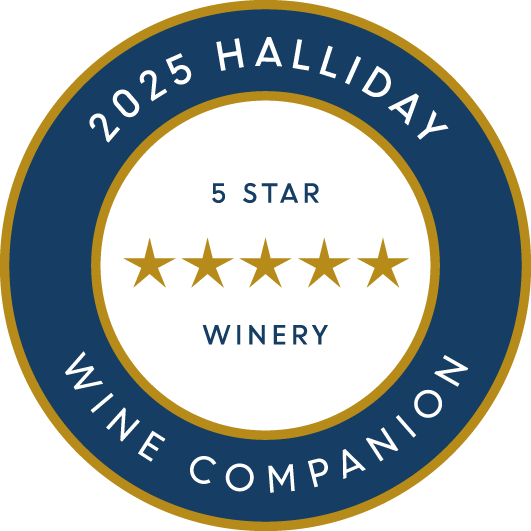Wine Club FAQ'S
Please feel free to contact us with any questions you have by emailingcellardoor@winebysam.com.au

How to access your Wine club subscription
Login in to the Portal
Click on the "My Portal"Button on the top right corner of page and sign in (this is a circle icon with a person). If it is your first time logging in please click "Forgot Password" and set your password. After the Login successful banner comes across the screen click the My portal button again and select My Portal.
Click "Wine Club" on the left hand side, then click "View", then click "Edit Club Details". Updated any details before clicking save.
Edit, cancel or suspend your wine club order
log In to "my portal"
click on "Wine Club" then click on " View", at the bottom of this order click "Edit club details"
You can also Cancel orders, Suspend orders or change skips from here as well.
Update any details before clicking save
Updating Wine Club subscription order
Click Wine Club on the left hand side, then click "View", then click "Edit Club Details", scroll down to the order summary and click "Change Order".
Choose which club, the frequency and how many (the default will be what you already have) thenchoose the wines you would likebefore clicking "Confirm Changes". This will take you back to the previous page. Click "Save Changes". your order will now be updated!
Winemaker Diamonds or 'crystals in my wine'
Our2018 museum release Riesling may contain winemaker diamonds, These Diamonds, crystals or mineral deposits on the cork or in the wine itself, those are wine diamonds. Before you start worrying, they are completely safe for consumption, and they do not alter the taste of a wine in any way, shape, or form.
Wine diamonds, or tartrates (potassium bitartrate, to be scientifically specific), are harmless and safe to consume. Tartaric acid is an acid commonly found in a multitude of fruits, one of them being grapes. They are the result of potassium and the tartaric acid binding together to form a crystal when the wine is exposed to temperatures below 4°C. They often have a similar appearance to clumped fine sand, or even clumped snowflakes.
The presence of wine diamonds is actuallyviewed by many winemakers as a sign of high qualitybecause it means that the wine has not been stabilized (a process of reducing the temperature of the wine to near freezing for a few days). To many a winemaker, the diamonds are also referred to as tartrate crystals.
While wine diamonds may leave a slight gritty texture on your tongue, they do not pose a health risk and are safe to consume. So next time you come across some "crystals" in your wine, do not fret! They are most likely wine diamonds and completely safe for consumption. Cheers!
Liquor Licence No. 32800537
WINE BY SAM IS A CERTIFIED MEMBER OF SUSTAINABLE WINE GROWING AUSTRALIA


